Key in a search term below to search our website.
Key in a search term below to search our website.
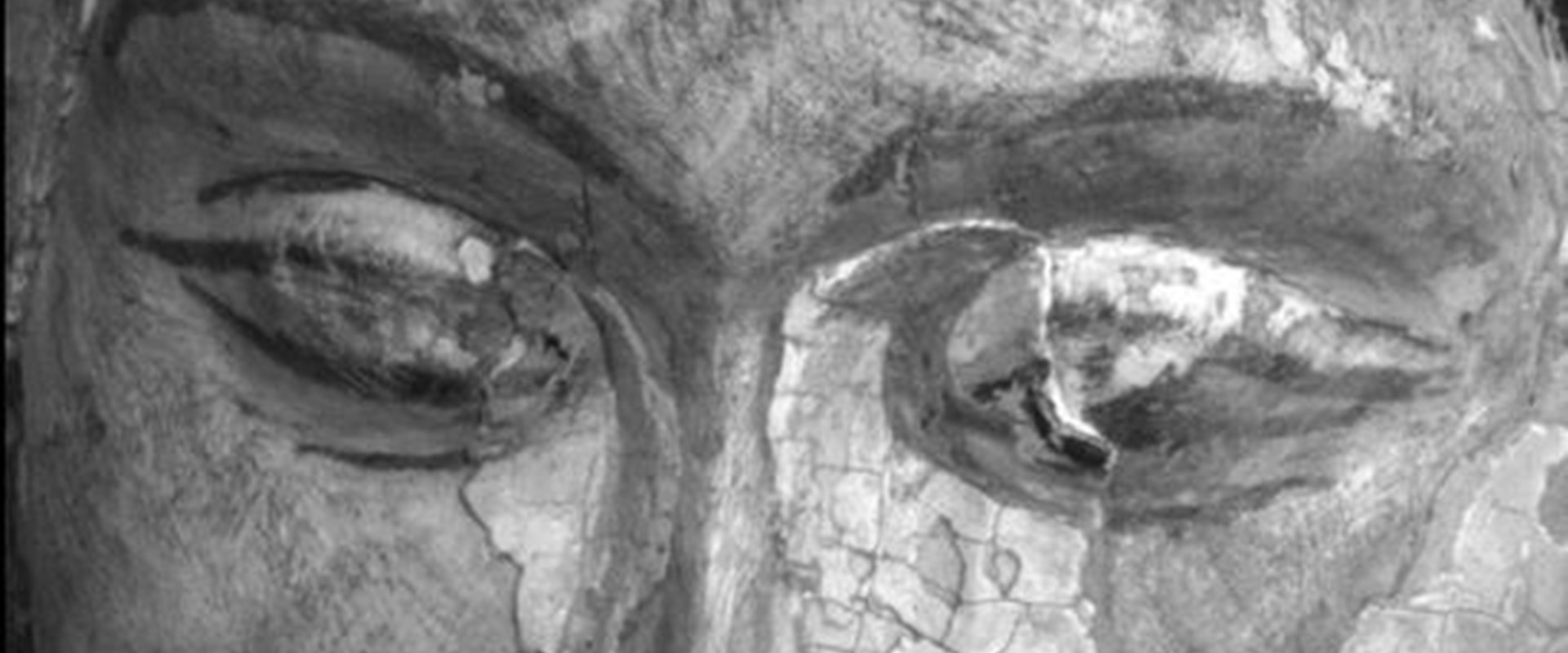
Following the success of the initial project, we succeeded in securing funding from the KT Wiedemann Foundation to go further in our analysis.
This generous funding allowed us to go to Italy to view other pieces thought to be by the same Master and to conduct a full scientific analysis of the only other Gualino sculpture outside Italy: St Agnes at the Isabella Stewart Gardner Museum in Boston, USA.
Questions remained unanswered – particularly the authenticity and purpose of an under-drawing which was discovered during the conservation of the sculpture in phase one of the project, and whether the palette and techniques found in the original polychrome layer were comparable to other pieces in the Gualino group. Testing our data against others in the Gualino group was the next step in order to be able to gain a more meaningful insight into workshop practices in 14th-century Italy.
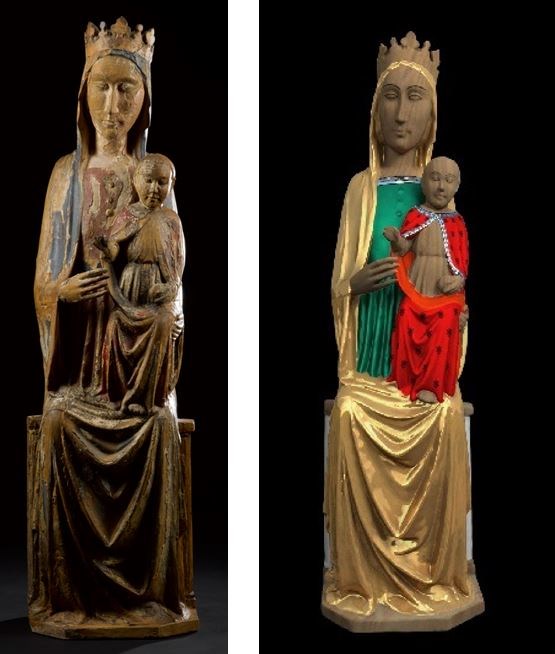
Infrared imaging confirmed the presence of under-drawing directly on the wood in three areas where wood is exposed:
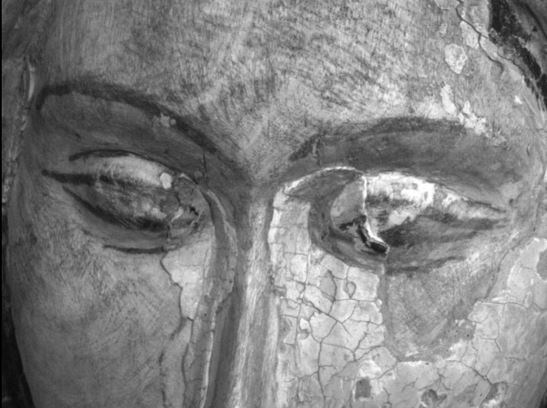
Infrared Reflectography reveals the under-drawing.
A sample analysed using a Scanning Electron Microscope (SEM) confirms this to be carbon-based.
Binding media analysis was not possible due to constraints of analytical equipment at our disposal.
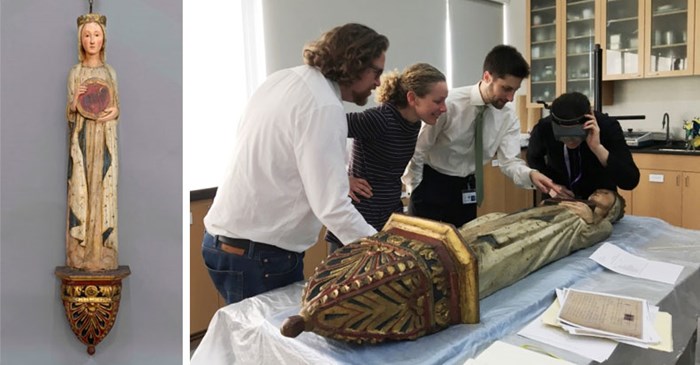
Polychrome statue of St Agnes thought to be by the Master of St Catherine of Gualino. An analysis of statue with Xavier Dectot, Diana de Bellaigue, Nat Silver, ISGM curator, and Jessica Chloros, ISGM conservator.
Working with conservators at the ISGM, St Agnes was analysed using the following techniques:
Paint samples were brought back to the UK for analysis included in a student project by Jerome Castel, supervised by Lore Troalen.
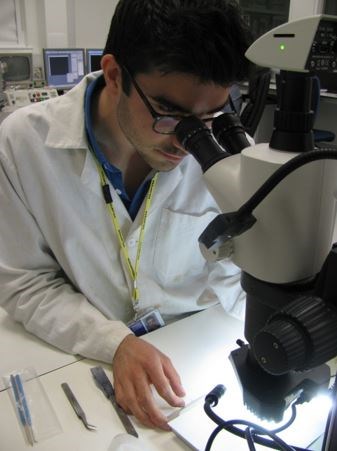
Student intern Jerome Castel carrying out cross-section analysis at National Museums Scotland.
A joint paper on the results comparing methods and techniques on our two sculptures and those viewed in Italy is planned for 2022.
Watch this space to find out whether we did find any evidence that these sculptures were made by one artist and whether we think that the ‘Master of St Catherine of Gualino' existed.